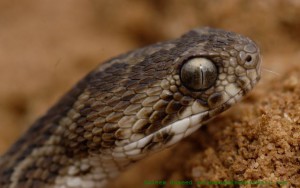
Journal of Venomous Animals and Toxins including Tropical Diseases has completed its transfer to BioMed Central. In doing so, JVATiTD becomes the 250th journal in the BioMed Central portfolio.
JVATiTD is the official journal of the Center for the Study of Venoms and Venomous Animals (CEVAP), a unit of São Paulo State University (UNESP). The journal is dedicated to research on all aspects of toxins, venomous animals and their derivative products, also welcoming submissions related to tropical diseases with a focus on infectious diseases, parasitology and immunology.
When it was founded by CEVAP in 1995, JVATiTD was the first electronic scientific journal in Brazil, a biannual publication distributed to researchers on 3.5’ floppy disks. For more information about JVATiTD’s history and transfer to BioMed Central in the Year of the Snake, please read the launch Editorial from Editor-in-Chief Dr Benedito Barraviera.
On the completion of JVATiTD’s transfer to BioMed Central earlier this afternoon, Dr Barraviera commented:
“I believe that the partnership with BMC will increase the worldwide visibility of research on toxinology and tropical diseases, and I expect that this initiative will strengthen the journal and raise the level of our publications.”

Research published in the journal today suggests that the venom of the saw-scaled viper (Echis carinatus) could have potent coagulant and anti-coagulant effects. Dr Hossein Zolfagharian’s team also point to the potential for Echis carinatus venom to be used in the treatment of human disease.
Also in JVATiTD’s launch issue, Dr Luca Luiselli and colleagues evaluated 16 years of data on the monthly activity of eight species of venomous snakes (belonging to the families Elapidae and Viperidae) and their impact on people in rural areas of the Niger Delta, in southern Nigeria. As expected from other areas of the world there were more snake bites during the wet season but surprisingly women and teenagers were a more risk of being bitten than male plantation workers.
You can sign up for article alerts from JVATiTD here. For more information about the journal, please visit the journal website or contact the Editorial Office.
Matt Landau
Journal Development Editor
Comments